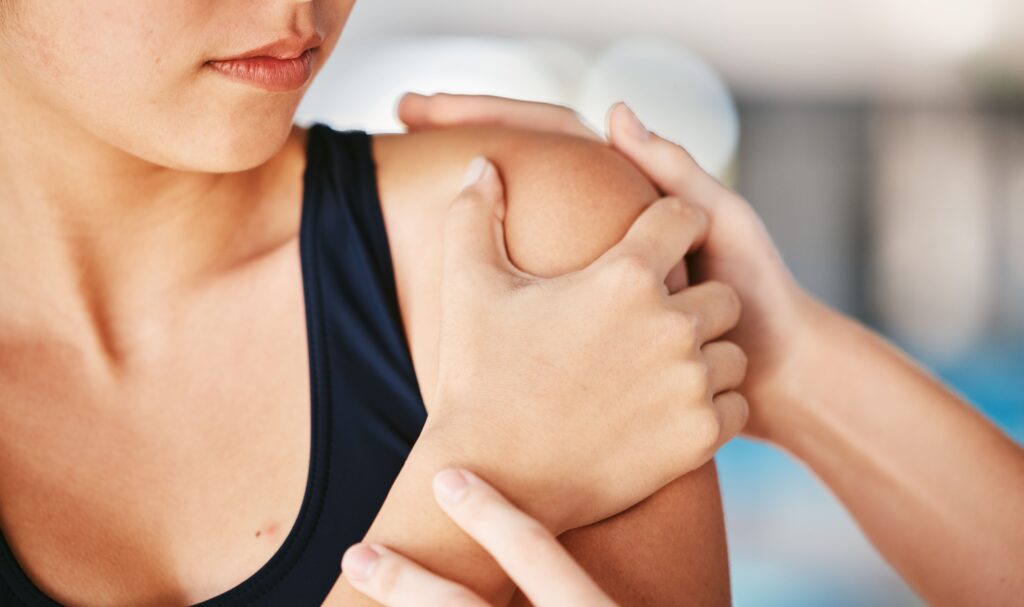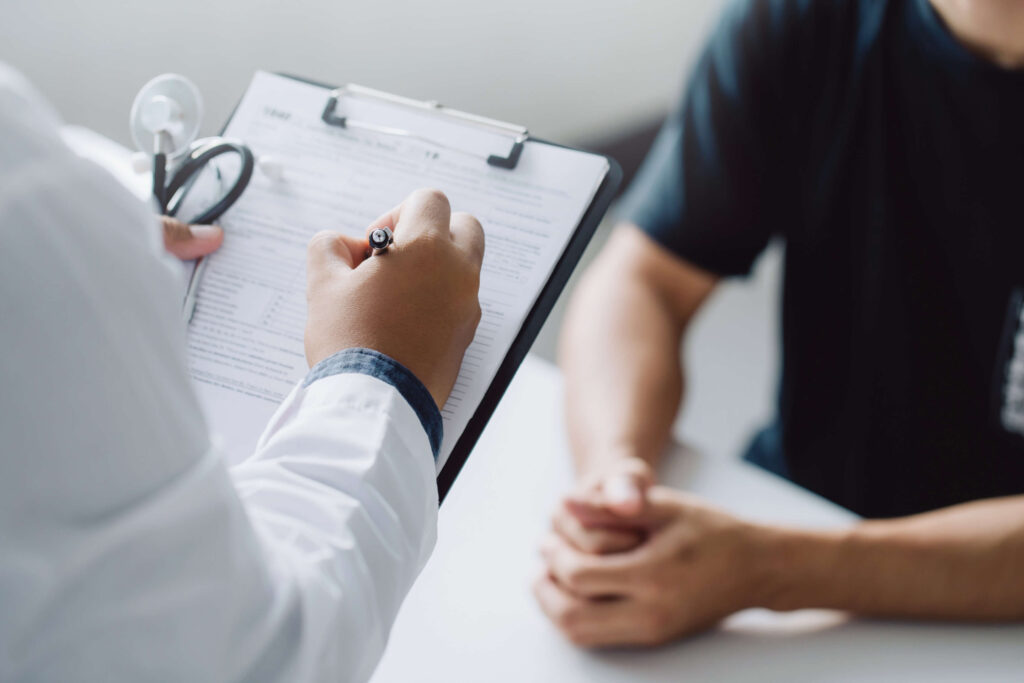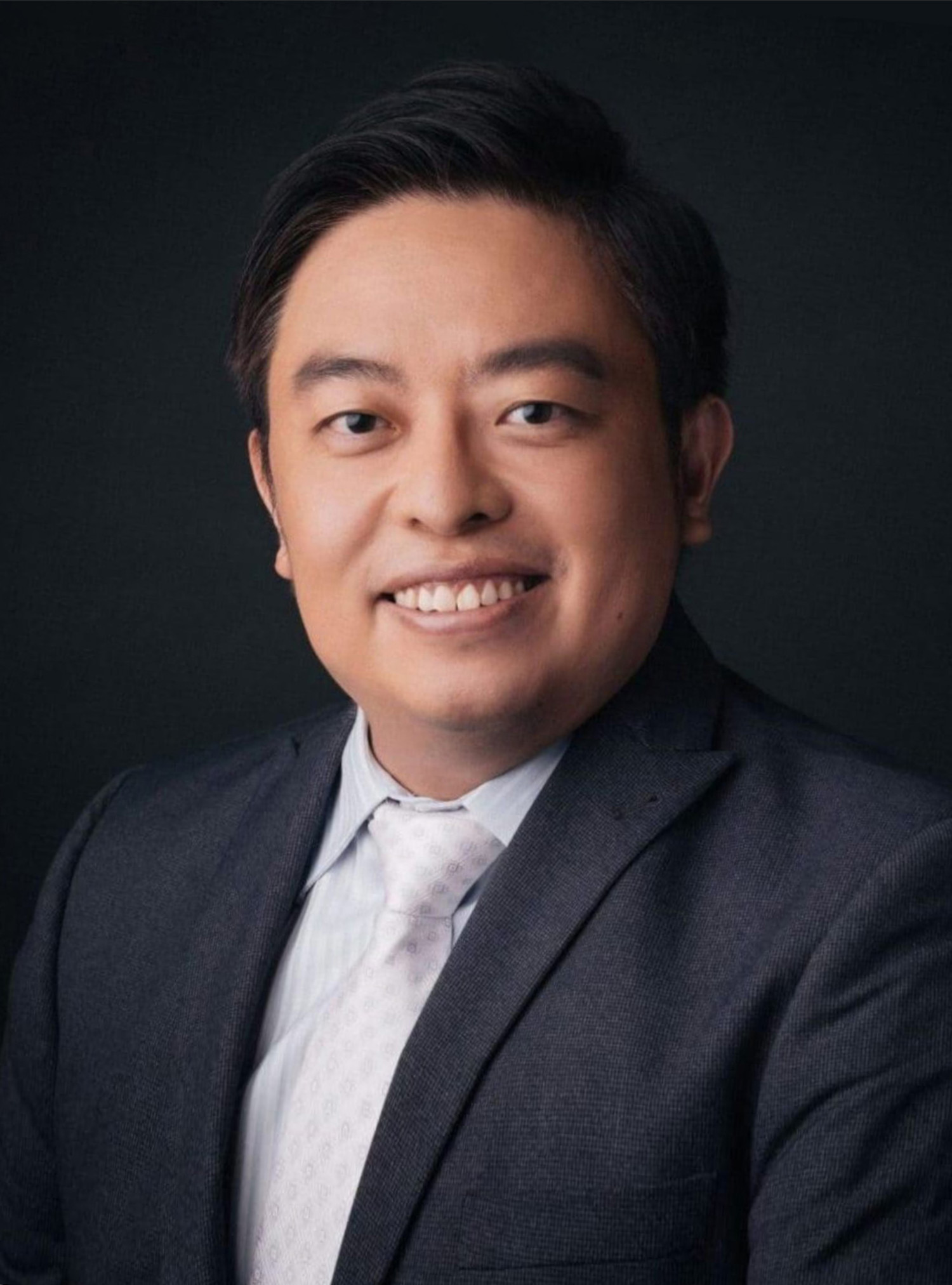Schedule An Appointment With Us
Are Your Symptoms Affecting Your Quality Of Life?
Consult our MOH-accredited orthopaedic specialist for an accurate diagnosis & personalised treatment plan today.

MBBS (S’PORE)
MRCS (Ireland)
MMed (Ortho)
FRCSEd (Ortho)

Acromioclavicular injuries involve the acromioclavicular joint, where the clavicle meets the acromion of the scapula, which is crucial for shoulder movement.
These injuries range from mild sprains to severe dislocations, classified into six grades based on the damage extent. Accurate diagnosis and effective treatment are essential for restoring function and preventing long-term complications.
The 6 grades of acromioclavicular injuries classify the severity and type of shoulder joint damage by the Rockwood system, guiding treatment and management strategies.
A mild injury where the AC joint ligaments are slightly damaged but not torn. The joint remains aligned, and there is minimal loss of function.
Moderate injury with partial tearing of the AC joint ligaments and possibly the coracoclavicular (CC) ligaments, leading to slight displacement of the joint but without complete separation.
Severe injury involving complete tearing of the AC and CC ligaments, causing noticeable displacement of the joint. This grade often results in a visible bump on the shoulder.
These grades represent progressively more severe injuries, with the clavicle displaced backward (IV), downward into or through the muscle of the shoulder (V), or horizontally (VI). These injuries are less common but require more complex treatment approaches.
Symptoms of acromioclavicular injuries vary depending on the injury’s grade, highlighting the range and intensity of discomfort and physical limitations experienced.
Schedule An Appointment With Us
Consult our MOH-accredited orthopaedic specialist for an accurate diagnosis & personalised treatment plan today.
Causes and risk factors of acromioclavicular injuries identify the conditions and activities that explain the onset or that increase the likelihood of sustaining shoulder joint damage.
Diagnosis of acromioclavicular injuries involves a combination of different procedures to accurately identify the nature and extent of the injury.


Non-surgical treatment is often effective for Grade I to III injuries, aiming to manage symptoms and promote healing while maintaining shoulder function.
Generally recommended for severe AC joint injuries (Grades IV to VI) or when non-surgical treatments fail to relieve symptoms in less severe injuries.
Involves repairing and reconstructing the torn ligaments to restore the joint’s normal alignment and function.
This procedure realigns the joint and secures it with hardware, such as screws or plates, to maintain proper position during healing.
A minimally invasive option that allows for the repair of ligaments and the removal of damaged tissue with smaller incisions, potentially resulting in quicker recovery times.

MBBS (S’pore)
MRCS (Ireland)
MMed (Ortho)
FRCSEd (Ortho)
Dr Kau (许医生) is a Fellowship trained Orthopaedic Surgeon with a subspecialty interest in Hip and Knee surgery and has been in practice for more than 15 years.
He is experienced in trauma and fracture management, sports injuries, and joint replacement surgery.
Prevention methods for acromioclavicular injuries focus on strategies to reduce the risk of shoulder joint damage through proper technique, conditioning, and protective measures.
For Singaporeans, Singapore Permanent Residents and Foreigners.
Please speak to our friendly clinic staff about using your insurance plans.

If you have any enquiry, please do get in touch. Leave us a message and we will get back to you shortly.
Mild AC joint injuries (Grade I and II) can often heal with appropriate non-surgical treatment, including rest, ice, and physical therapy. However, more severe injuries may require surgical intervention to restore joint function and stability.
Recovery times vary depending on the injury’s severity and the treatment approach. Non-surgical treatments for mild injuries may allow for a return to normal activities within a few weeks, whereas surgical recovery can take several months, followed by rehabilitation.
While many individuals recover fully from AC joint injuries, some may experience chronic pain, decreased strength, or reduced range of motion, especially if the injury is severe or not adequately treated.
Yes, many individuals can return to high-impact sports after fully recovering from an AC joint injury. The key to a successful return involves completing a comprehensive rehabilitation program tailored to restore strength, flexibility, and endurance to pre-injury levels.